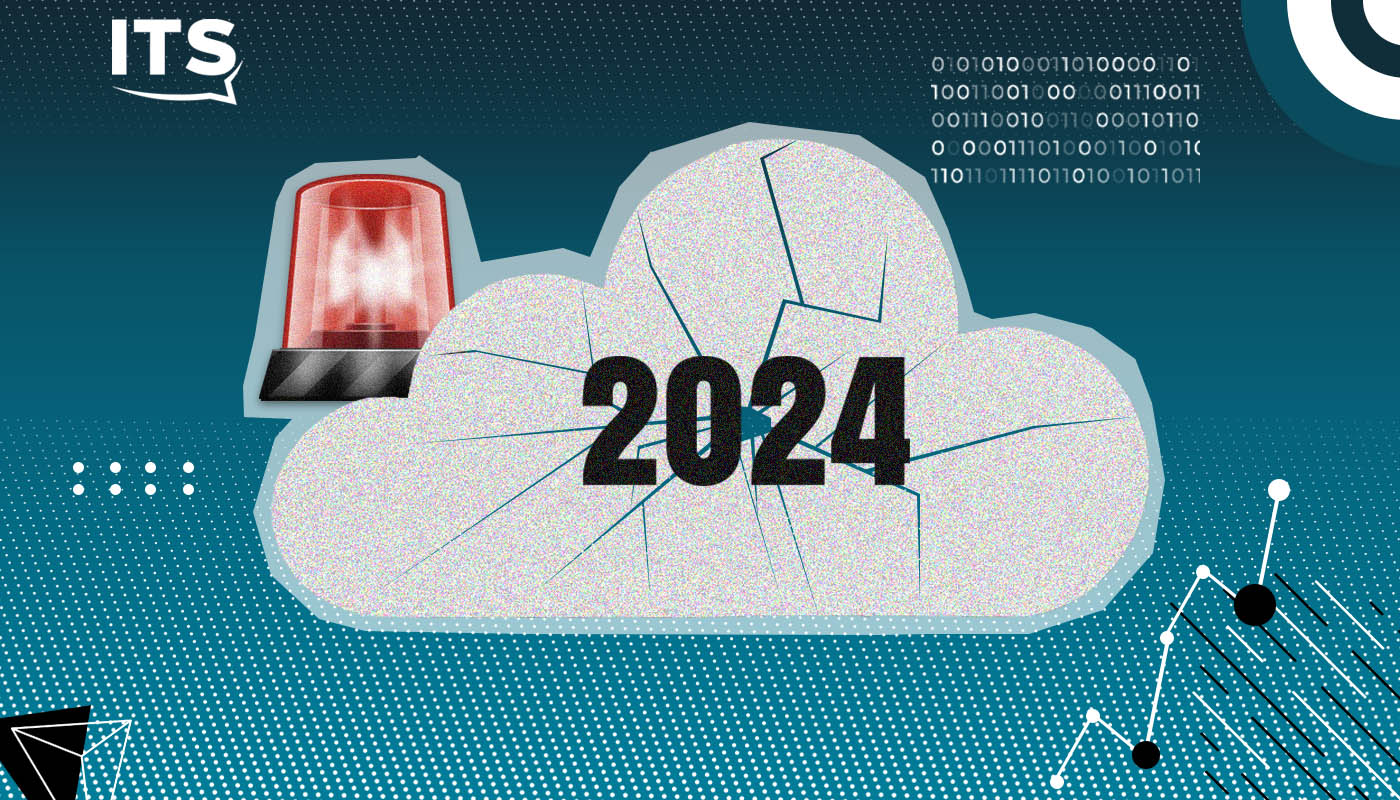The AI craze will continue in 2024, but with increased pressure on infrastructure resources and the need to increase the capacity of data centers. According to Forrester, this situation, combined with sovereignty and sustainability requirements, pressure hyperscalers.
As major players in Big Tech, hyperscalers have created a computing world in which everyone else must live. But, in 2024, they will start to lose control because of the way they operate.
According to Forrester, this loss of power will spread across several fronts: lack of chips, WASI (WebAssembly Systems Interface) portability, sovereignty issues and new data center sustainability policies.
As every year, the company published a series of predictions including those related to the cloud sector. Here’s what its analysts spotted in their crystal balls:
Clouds will launch rapid engineering services
However, most companies will not be interested. In 2024, all hyperscalers will announce rapid engineering services, ie processing text in a way that it can be understood by a generative AI model.
However, commercial adoption will be limited. Due to incomplete contextual data and limited experience of data scientists in natural language and prompt engineering, the first-generation prompt engineering services of the cloud provider will not be enough to meet the needs of custom configuration.
Hyperscalers to announce 30 new regions in anticipation of sovereignty concerns
By the end of 2024, public cloud providers will announce and/or launch at least two geographically separated regions in each major market to stay ahead of sovereignty demands, climate change challenges and risks related to geopolitical tensions.
A major hyperscaler will enable modular monoliths with WASI-based services
Amazon’s Prime Video service made headlines by claiming to replace microservices for streaming with a monolithic application. Although not exactly the case, Prime Video’s more closely aligned architecture decision reignites a debate about architectural approaches.
Forrester points out that monoliths are tightly integrated and efficient, but difficult to iterate with agile development practices, while microservices break applications into smaller pieces for faster iteration, but add complexity to production and require more overall management costs.
The WebAssembly Systems Interface (WASI) is the origin of a new concept: modular monoliths. Wasm makes it possible to write application components in many languages, then compile them byte by byte and run them in browsers and mobile devices.
This interface will allow Wasm applications to run server-side and introduce a way to assemble components into larger integrated applications at runtime.
In 2024, Forrester predicts that the first WASI offerings will appear on major cloud platforms, but will spread quickly.
The FOCUS standard will take off to standardize billing for cloud services
Businesses are tired of navigating thousands of pages of invoices trying to decipher the cost per team, engineer or skill. Hence the interest in the FinOps Open Cost and Usage Specification (FOCUS-FinOps Open Cost and Usage Specification).
This is an initiative led by the FinOps Foundation but legally separate. It will force hyperscalers to align on cost reporting to give customers a multi-cloud view of their resources without considering vendors.

